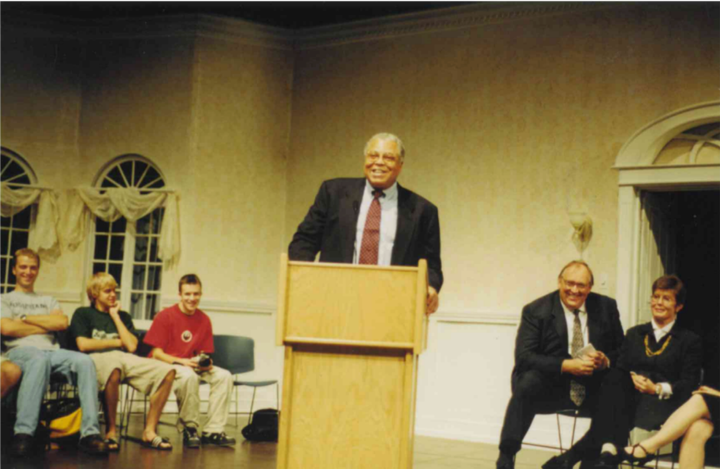ANGLES: The substantial risks may exceed valuable rewards


Critical thinking, analytical skills and a diverse cabinet of knowledge are just a few of the indisputable benefits from studying at a liberal arts institution.
Without question these are beneficial after graduation, as they are skills employers and graduate schools search for in potential employees or students.
At the same time, it is undeniable that college tuitions are at an all-time high, that some careers which require four-year-or-more degrees simply do not pay as well as technical careers and that some careers are not necessarily viable in today’s economy.
With this is mind, the liberal arts’ inherent problem is not the reward but rather the risk compared to the reward.
For example, in 2016 the National Bureau of Economic Research reported that about half of young college graduates between the ages of 22 and 27 are underemployed, working a job that does not require a college degree.
While this may be the result of outside pressure and not solely liberal arts institution’s fault, it does signify society’s shifting perspective of a successful profession.
But what jobs does society deem successful? According to the USNews’s 2017 job report, science, technology, engineering, math and healthcare professions. The report ranked careers based on salary, work-home balance and, most important, projected growth.
Not only do the first 50 ranked jobs in the report originate from the STEM or healthcare field, 91 of the 100 listed jobs come from these fields.
Essentially, the report forecasts that STEM and healthcare fields are not only going to grow but are going to continue to offer sound wages in the future, meaning technical schools may see an uptick in students, as these are the jobs high school students will be eyeing.
While this doesn’t diminish the importance of the liberal arts, it does call into question their economic viability in the ever-changing marketplace.
While there is an argument against quantifying education with a cost-benefit analysis, if education handicaps young graduates with large amounts of debt and does not provide a feasible means of escaping the debt, it opens itself to criticism. And if this education is sought for the sake of gaining a sound job after graduation and does not provide such work, this may be incentive enough for potential students to look elsewhere.
If small, private, liberal arts institutions wish to expand and thrive in the face of stagnant national college enrollments, they must prove why a liberal arts education is better than technical schooling.
Step one in this process would be somehow lowering tuition rates—a task far easier said than done.
Even here at Augustana tuition has increased the last six years, and if it keeps on track, it will topple the $40,000-per-year mark in the next two years.
Though this price tag is dwarfed by other liberal arts institutions and even some public universities, it does follow a national trend of increasing tuition and, consequently, increasing student debt.
Though the price tag hasn’t affected Augustana’s enrollment rate, the market place can change quickly, leaving a school once riding high financially high and dry.
Jacob Knutson is a sophomore journalism and political science major from Rapid City, S.D.



